The Story of Jack Wolfskin, EuropeŌĆÖs Underrated Outdoor Brand
2020 was the year outdoor gear truly transcended its activity-driven purpose. Fashion brands hoping to snag their share have steered the industry in a more style-driven direction, but that hasnŌĆÖt changed the fact that those who make the best outdoor gear are the ones that actually know whatŌĆÖs needed to trek across the Arctic ŌĆö even if most of us wonŌĆÖt be trekking much further than our local park in the near future.
Jack Wolfskin is one of those brands. The German label might not be one of luxury fashionŌĆÖs outdoor darlings, but to judge it against this appropriation of outdoor wear would be missing the point. It isnŌĆÖt focused on making Ōé¼1,000 down jackets that pop up on fashion weekŌĆÖs sidelines, but on utility, performance, and, above all, making gear thatŌĆÖs accessible to everyone. And it has been for 40 years.
Despite being one of Europe's most popular outdoor brands, few people know the story of Jack Wolfskin and what it has contributed to the industry. So, as the brand enters its fourth decade, we look back on its journey so far and how one manŌĆÖs epiphany in the depths of the Yukon territory birthed what would become a multi-million euro, award-winning outdoor brand.



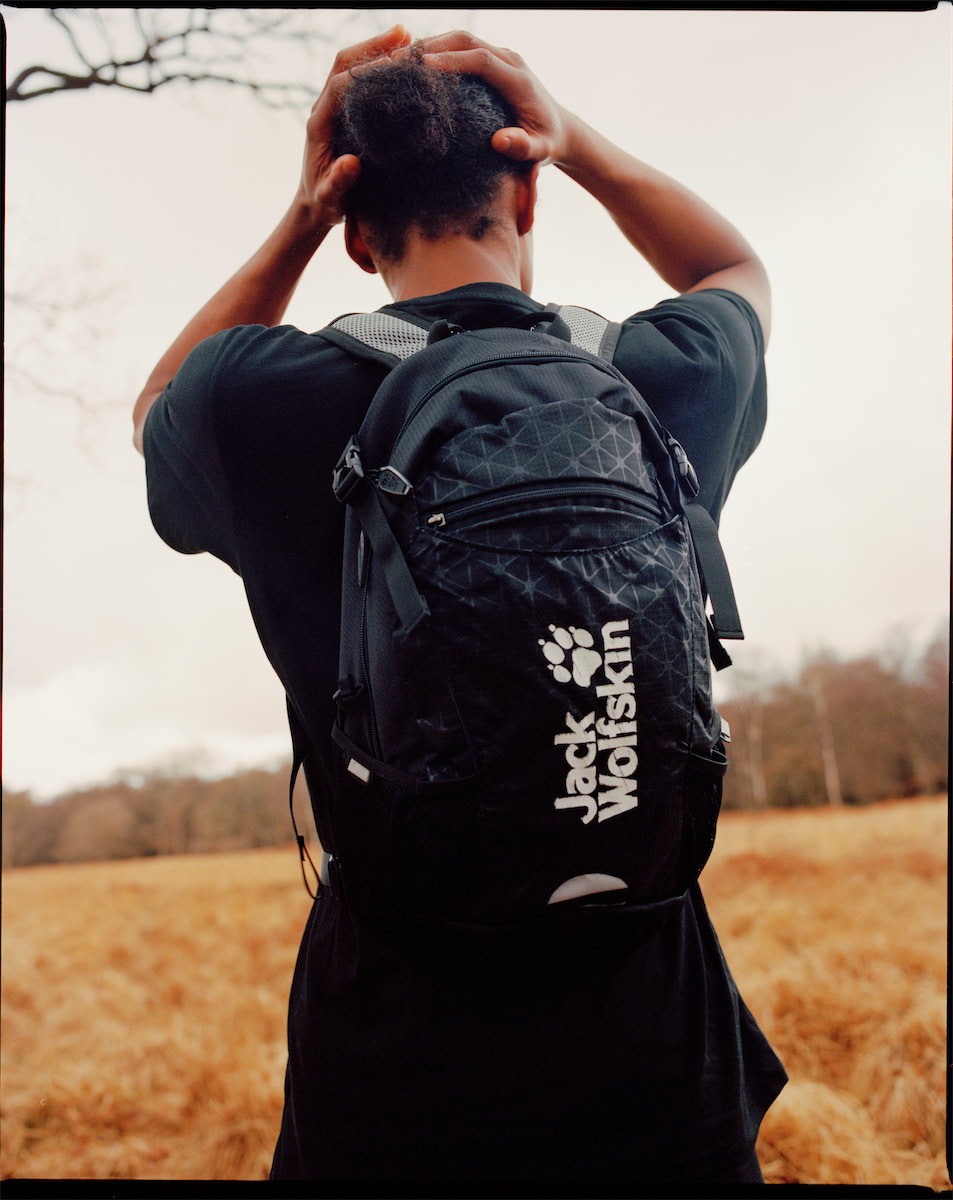
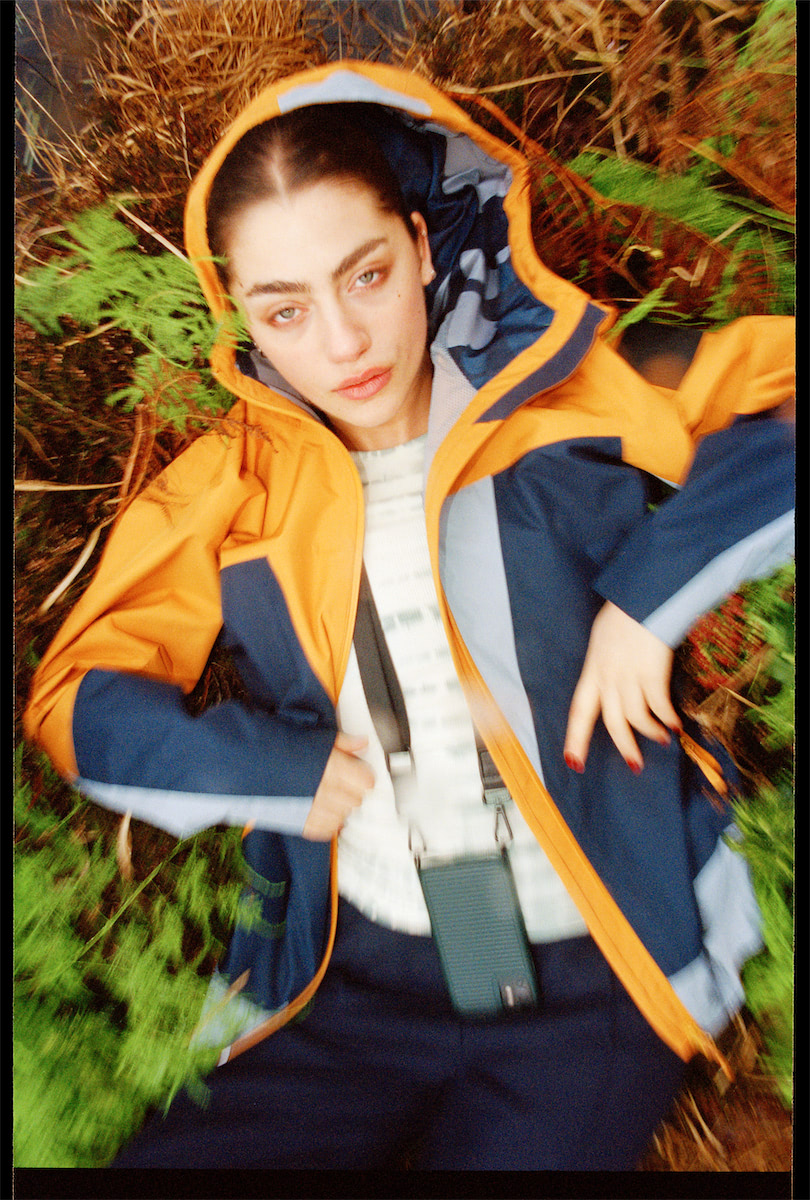
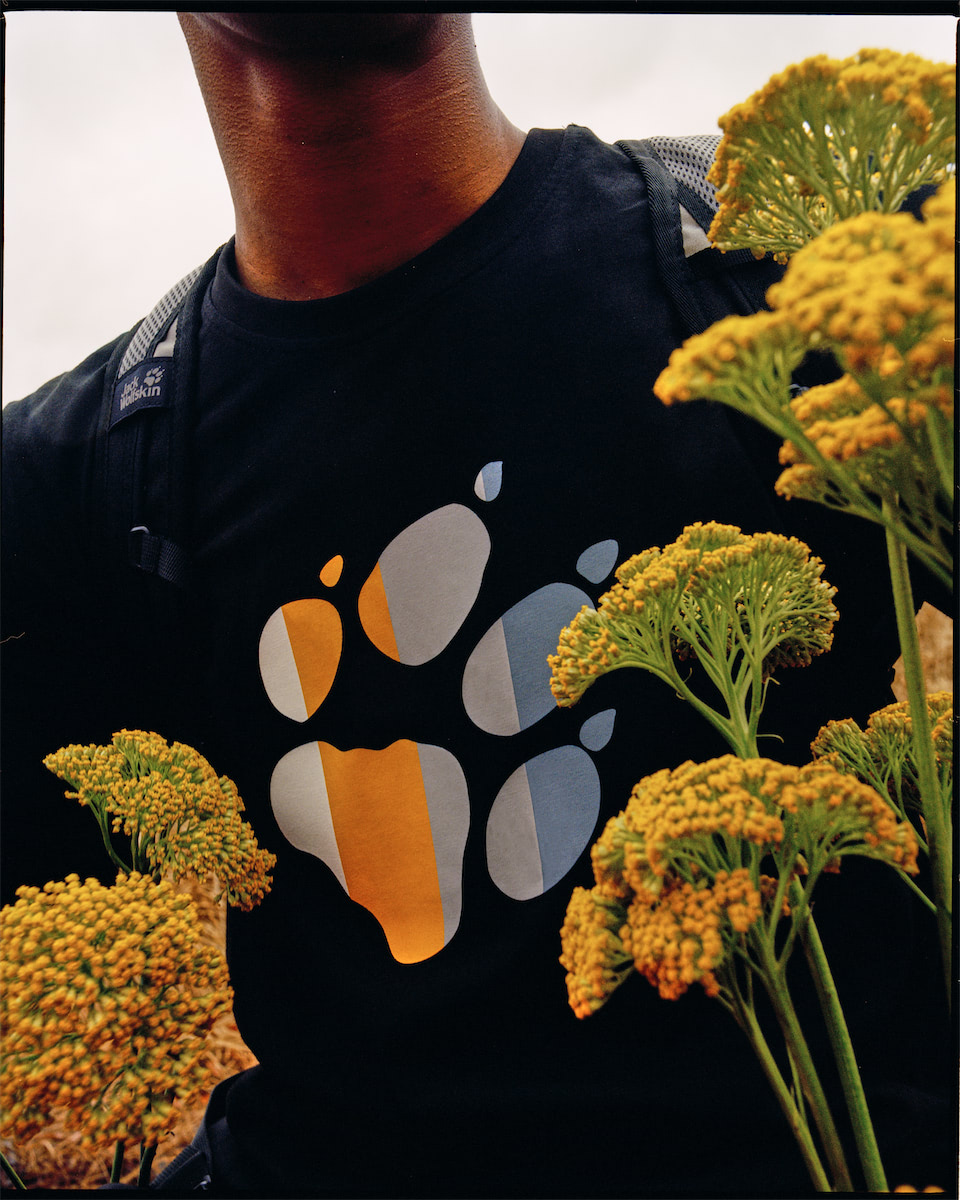
A Restless Entrepreneur
From his university years, it was clear that Jack WolfskinŌĆÖs founder Ulrich Dausien wasnŌĆÖt going to follow a conventional career path. The former boy scout had an addiction to adventure, an entrepreneurial mindset, and no desire to conform. While studying business at university in Frankfurt, he spent his afternoons selling Palestinian keffiyeh scarves on FrankfurtŌĆÖs Eisernen Steg bridge. Once heŌĆÖd saved approximately 6000 USD, he began selling tents, jackets, and sleeping bags from a makeshift shop in his shared flat, advertising it on hand-written flyers that he left at the universityŌĆÖs copyshop.
Off the back of its success, Dausien opened SINE, one of the first outdoor stores in what was then West Germany. It offered outdoor clothing and equipment imported mainly from America and Taiwan, which was hard to get hold of at the time. In the late '70s, outdoor activities were still pretty niche affairs, and there wasn't a mighty industry like there is today. That meant anyone practicing anything in the outdoors would have to make do with the very limited selection of gear on offer, often repurposing one item for another, based on what was available. Dausien aimed to cater to them all: ŌĆ£We offer inexpensive equipment for the backpacker as well as expedition equipment for the Himalayan expert,ŌĆØ he wrote in an advert in ŌĆÖ79.


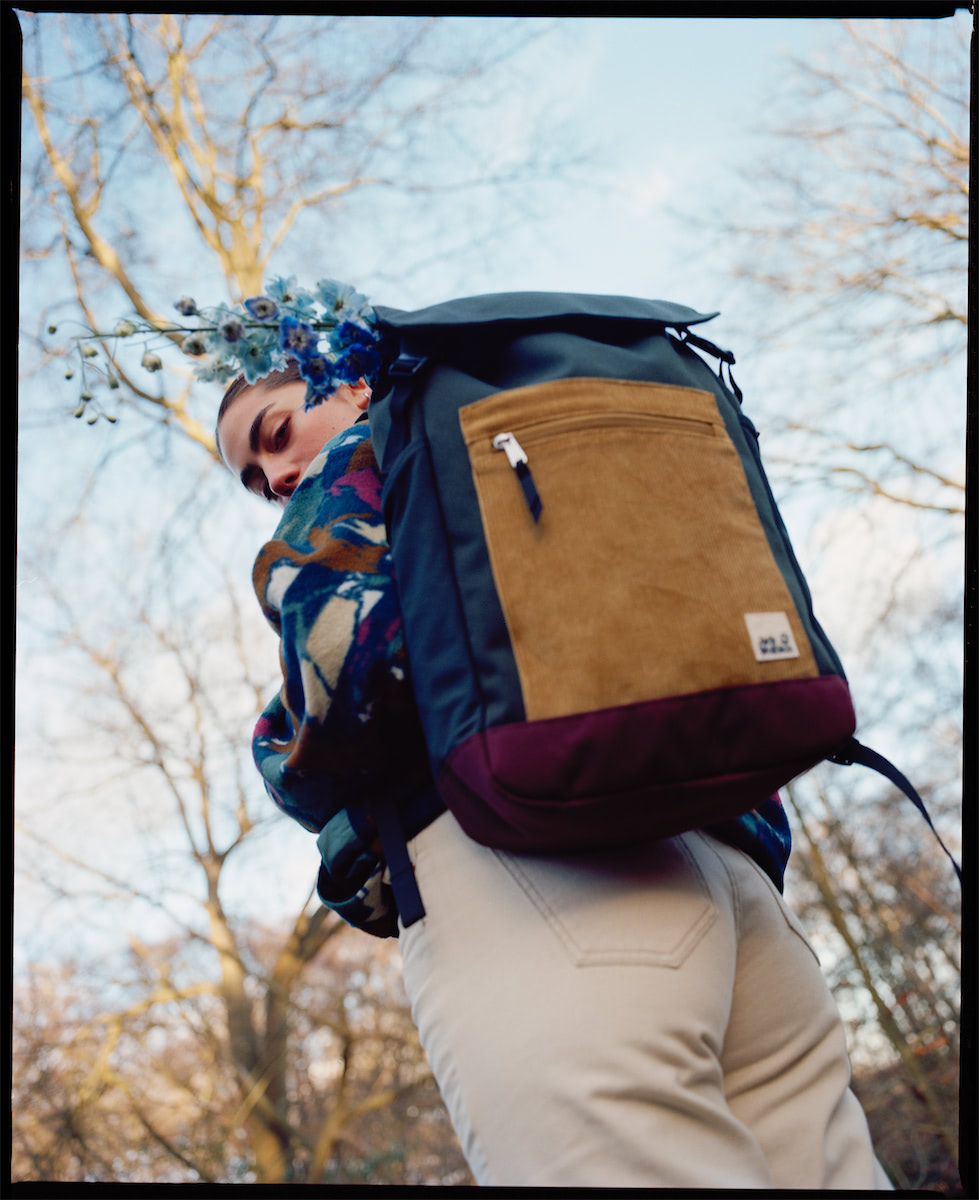

The ŌĆśEpiphanyŌĆÖ
In 1980, Dausien took a break from the business and embarked on a journey through the Yukon territory. One night, huddled around a campfire with his friends somewhere between the Klondike River and the Chilkoot Trail, Dausien heard a pack of wolves howling in the distance. Pulled from his thoughts by the piercing sound, he began imagining a wolf prowling through the snow with nothing but its fur to keep it warm. Fur, Dausien reflected, was the perfect protection from the elements. It was an epiphany of sorts, and Dausien had a vision of the brand he would found. From there came ŌĆ£WolfskinŌĆØ ŌĆö and the ŌĆ£JackŌĆØ? Well, the place they were trekking was where American journalist Jack London found the inspiration for his famous novel, The Call of the Wild.
With a vision and a name, Dausien returned from his trip energized and founded Jack Wolfskin. At first, the fledgling label was only stocked by SINE, but before long, it was lining the shelves of stores throughout West Germany.
As an adventurer himself, DausienŌĆÖs primary concern was the performance of his products, so he put them in the hands of those that were doing the most extreme activities in the most extreme climates. Mountaineer Mischa Saleki was one of his first collaborators, whom Dausien supported on his Himalayan expeditions in return for his expertise. German dog sled racing champion Aleksander Lwow was another. These collaborative endeavors resulted in Jack WoflskinŌĆÖs first major innovations ŌĆö its now-signature waterproof fabric Texapore as well as the Air Control System (ACS) backpack technology, a construction method that improves airflow between your back and the pack. During this period, Jack Wolfskin also developed the first performance-enhanced 3-in-1 jacket. Types of adjustable three-layer jackets existed at the time, but they were cumbersome and impractical. By replacing the heavy cotton and wool materials with lightweight, performance-enhanced fabrics and the buttoning system with a quick, zip-in fastener, Jack Wolfskin became the largest distributor of the multifunctional jacket in Germany.
ŌĆ£A brand of high-quality equipment for living in natureŌĆØ


In close succession to DausienŌĆÖs obsession with performance was his concern for the environment. Outdoor brands today are quick to shout about their virtuous ŌĆ£greenŌĆØ practices, but for Dausien, building a brand that would have as little impact on the planet as possible was a given from day one. In Jack WolfskinŌĆÖs 1994 catalog ŌĆö one of the most circulated catalogs in Germany to be printed on 100 percent recycled paper ŌĆö it states: ŌĆ£As a brand of high-quality equipment for living in nature, preserving nature for the next generation is self-evident to Jack Wolfskin. [...] To us, equipment and clothing carrying the Jack Wolfskin label are free from short-term fashion trends.[...] More quality in the way we think, act, and manufacture products is the solution to the ŌĆśthrowaway society.ŌĆÖ [...] Getting along with just a few good products is the only answer for the future of consumer society.ŌĆØ
Shortly after this message was printed, Dausien left Jack Wolfskin to pursue other projects. Over the next 10 years, the brand continued to expand and gained traction internationally, its paw print logo a trusted sign of German-engineered quality. Despite internal changes in staff and ownership, the brand's three pillars ŌĆö performance, accessibility, and protecting the environment ŌĆö stayed constant. Jack Wolfskin continued to develop and test products with athletes and extreme-sports men and women, and from it came the proprietary Real-Tunnel technology. Tested in Porsche's high-tech wind tunnel, the progressive tent design ensured a higher degree of stability in strong winds and was first used in the Antarctica Dome tent, which explorer Arved Fuchs took when he crossed the Patagonian ice shield. The tent set new standards and kickstarted an entirely new product category for Jack Wolfskin.
Supply Chain Transparency
The late ŌĆÖ90s and early 2000s were also crucial years in the development of Jack WolfskinŌĆÖs environmental initiatives. Between 1999, when it released one of the first recycled POLARTEC fleece collections, and 2011, it had established the Code of Conduct and the Green Book as binding for suppliers, and became a member of the Fair Wear Foundation and a partner of bluesign┬®, which is widely considered one of the most stringent certifications in the world due to its thorough auditing of a companyŌĆÖs social and environmental performance. One of the most important steps came in 2014 when the brand published an interactive map on its website, where you can click and see the information on every partner facility, including their ecological and social standards. ThereŌĆÖs even a function where you can search the ID number of any garment and see where it was made. Such transparency is extremely uncommon, but the belief behind it was that everyone is entitled to know where what they buy comes from. Moreover, it's a way of holding themselves accountable to working towards better social and environmental working conditions.
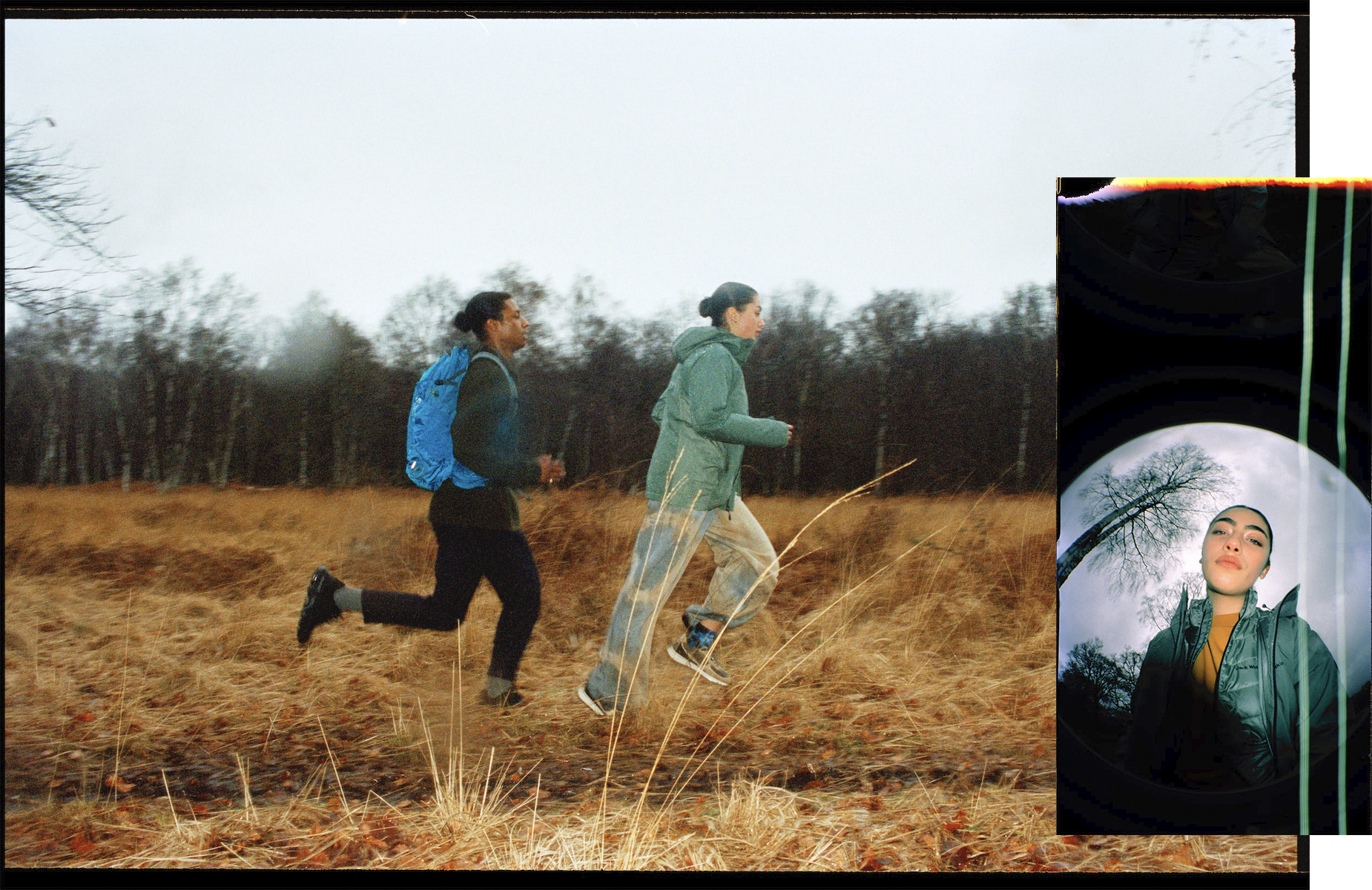
In many regards, Jack Wolfskin has been leading the way in the European outerwear industry when it comes to socially and environmentally responsible practices. Even though its accomplishments aren't exactly common knowledge, Jack Wolfskin has won acclaim from industry professionals with designs such as its 2-in-1 Texapore Ecosphere jacket, which received a gold award at ISPO for being the first weather protection made entirely from recycled fabric sourced from leftover cuttings and recycled polyester. Triumphs like these ensure the high standing of the paw print logo endures, even at a time when luxury fashion, sportswear brands, and specialist newcomers are setting their sights on the lucrative outdoor market. But while competition is tougher than ever, our global awakening to the detrimental effects of our unsustainable consumption habits means demand is increasing, too. As it does, Jack Wolfskin will be well-positioned to cater to our increasing need for long-lasting, versatile performance gear, just like it has done for the last 40 years.

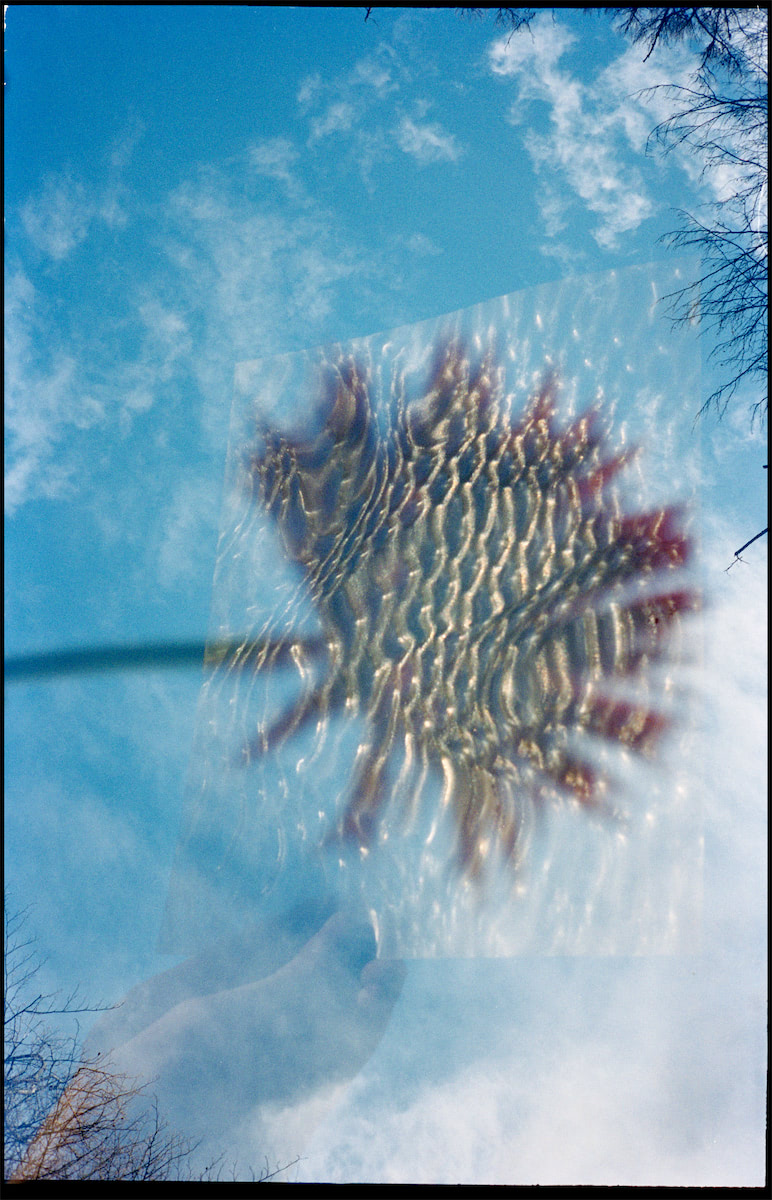
The 40th Anniversary Collection
Jack Wolfskin has come a long way in 40 years, going from a single shop in Frankfurt to over 500 stores worldwide. Dausien, the man who started it all, has long departed, but the beliefs he held have managed to filter deep enough into the company to still guide its actions today, and the anniversary collection is a reflection of that. A celebration of 40 years of weather protection, innovation, and adventure, the release features many of Jack Wolfskin's staple designs and proprietary technologies alongside brand-new pieces.

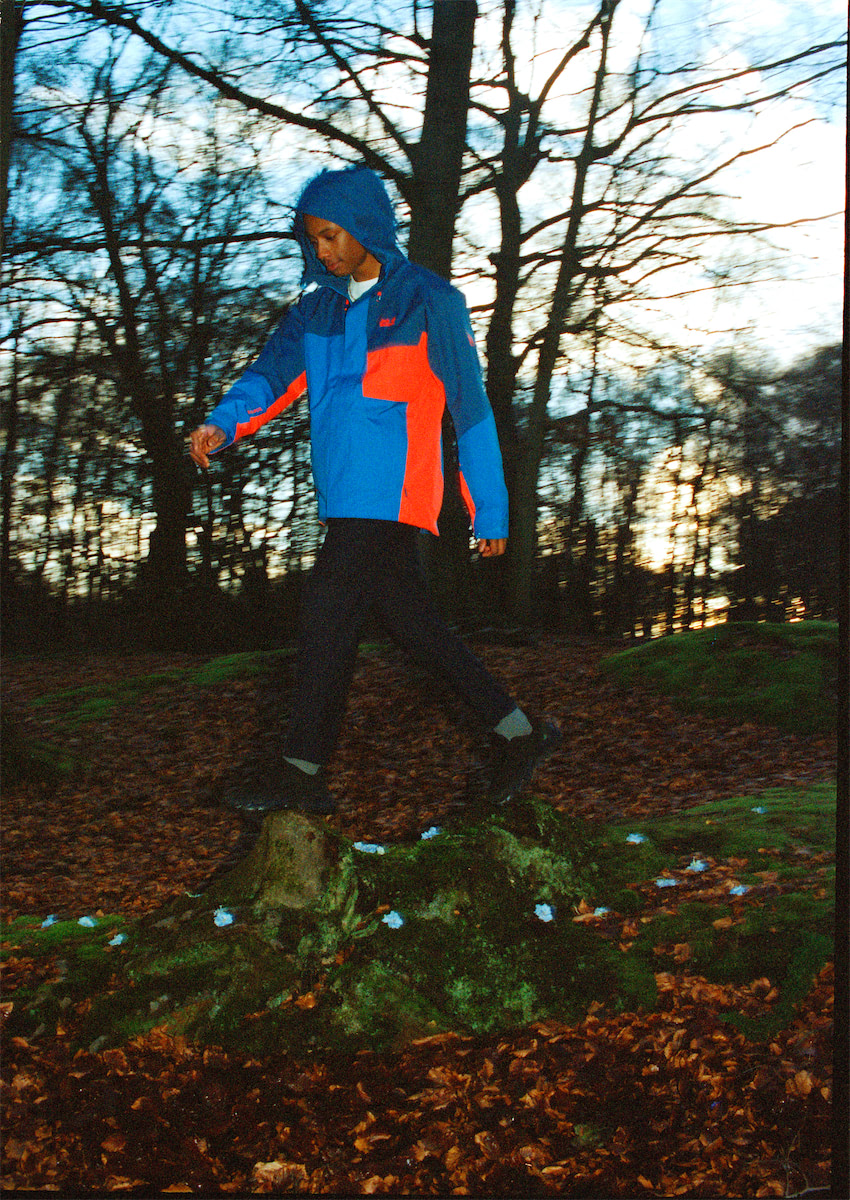


The hero of the collection is the 365 Thunderblaze Jacket. Lightweight, breathable, and waterproof, the modern shell is one of those versatile pieces that you can wear on a hike but you'll also be thankful for when it begins pouring down on a day out in the city. With its earthy color palette and sleek design, itŌĆÖs easy to style too. Plus, it's bluesign┬« certified and made from Texapore Ecosphere, the same recycled material that debuted in Jack WolfskinŌĆÖs 2018 IPSO award-winning jacket.
The Crosstrail backpack is an equally useful piece of gear and also carries the bluesign® certification. The ergonomically designed backpack has 24 liters of capacity, plenty of pockets and attachment loops, and is built with the ACS system, meaning your back will be sweat-free on even the warmest of days. The lining is made of recycled polyester and the mesh used on the back is dyed using the water-reducing Future Dye process, which saves 10 liters of water per pack.
For colder days, layer the Thunderblaze Jacket over the Wombat 2.0 fleece, a retro half-zip design made from recycled plastic bottles. Alongside these three highlights, the collection counts the Steting Peak and kidŌĆÖs Iceland 2-in-1 jackets, two more backpacks, a range of organic cotton T-shirts.
The collection is a concise selection of performance-centered, multifunctional pieces. They arenŌĆÖt flashy, but theyŌĆÖre not supposed to be. As Dausien once wrote, Jack Wolfskin has never been about chasing trends. Even if the paw print logo might be overlooked in the age of hype, those after something more than just the fast-fading gloss will appreciate Jack WolfskinŌĆÖs inclusive, transparent, and utility-focused approach.
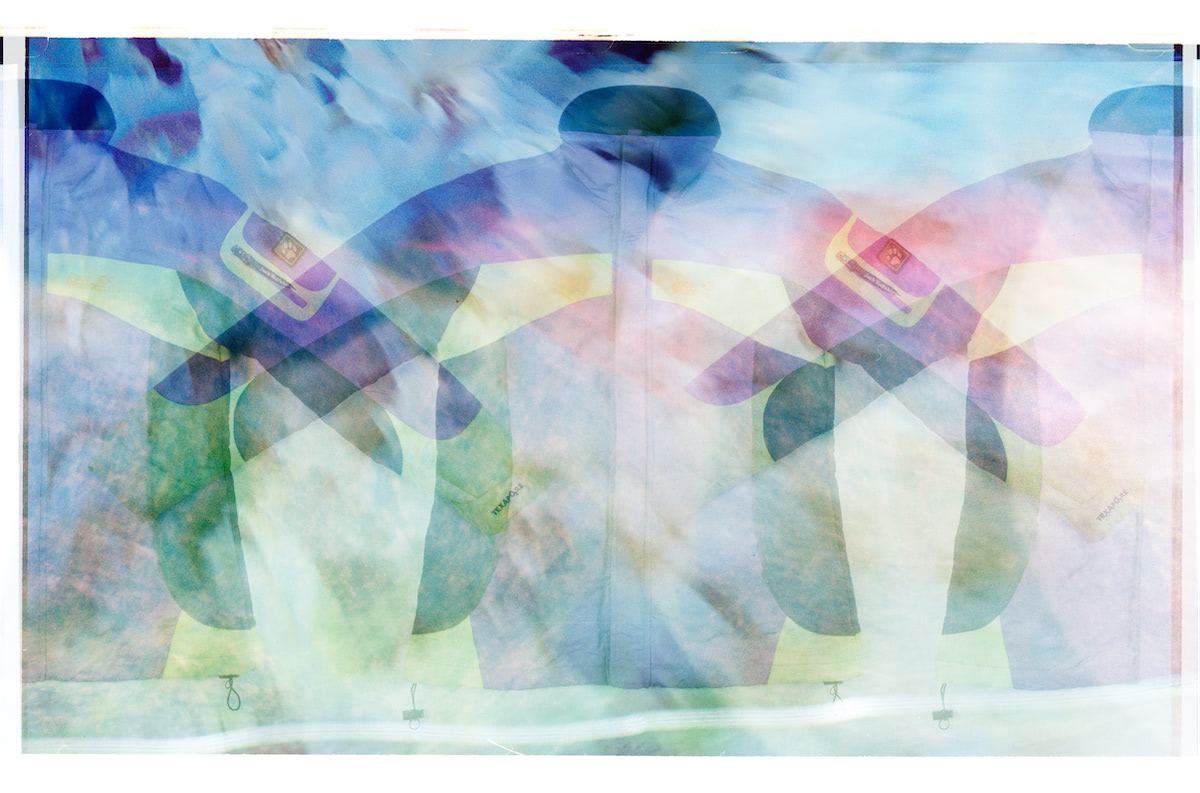
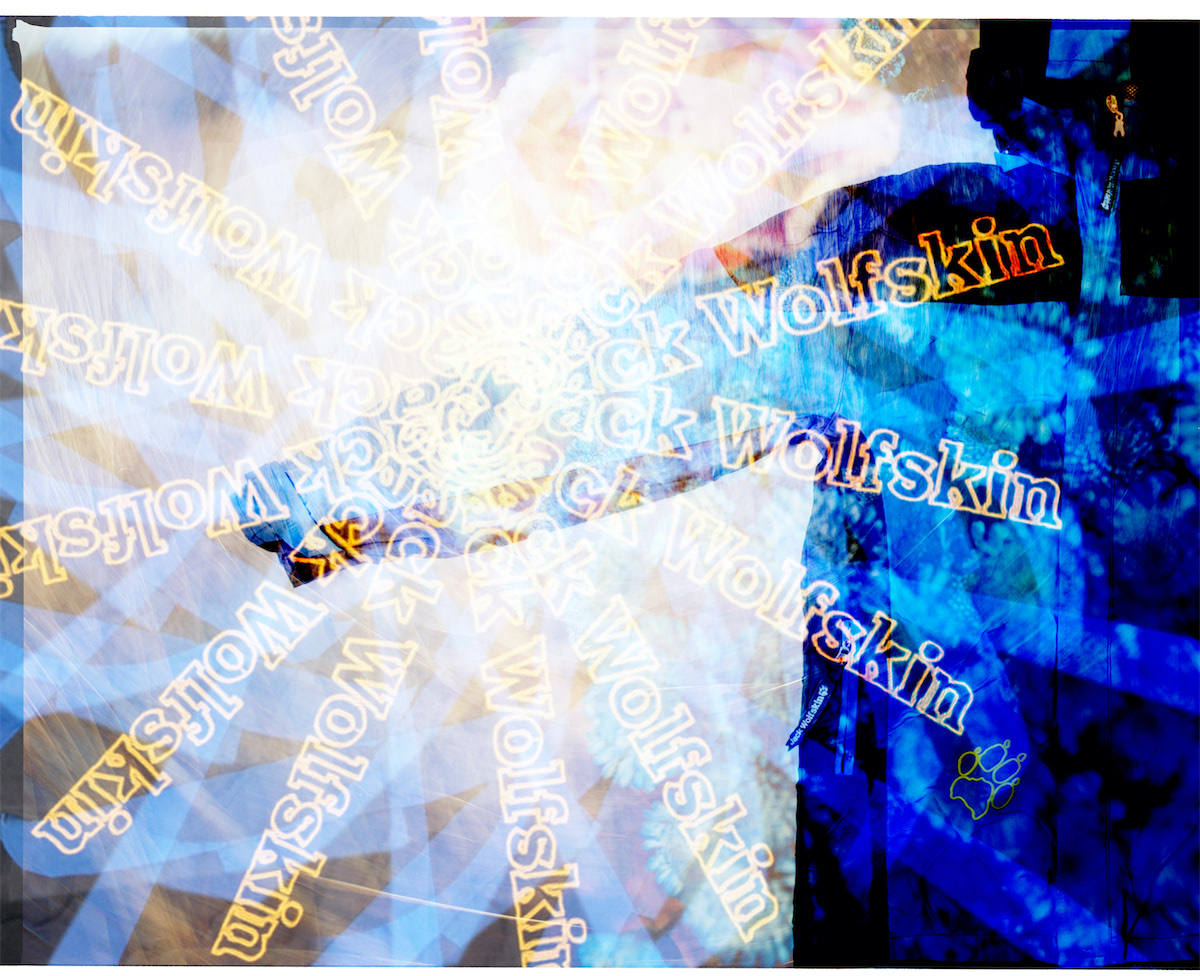
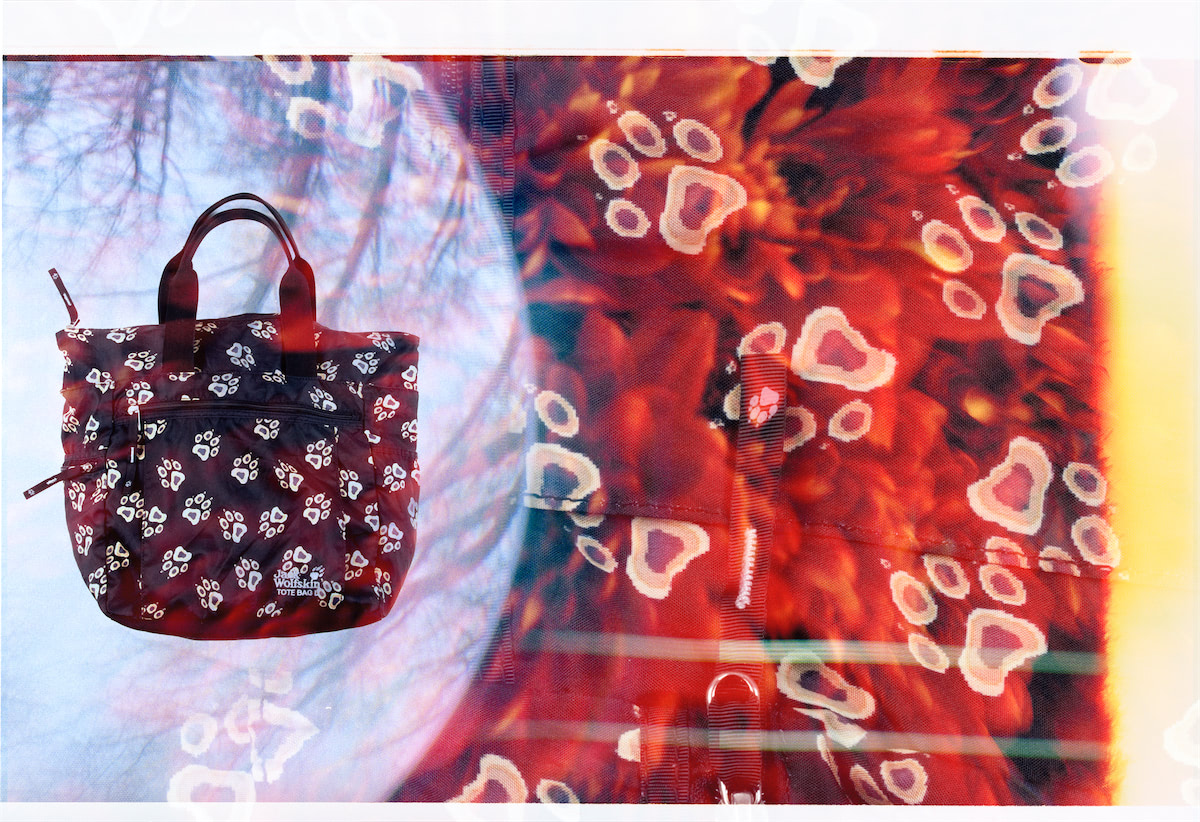
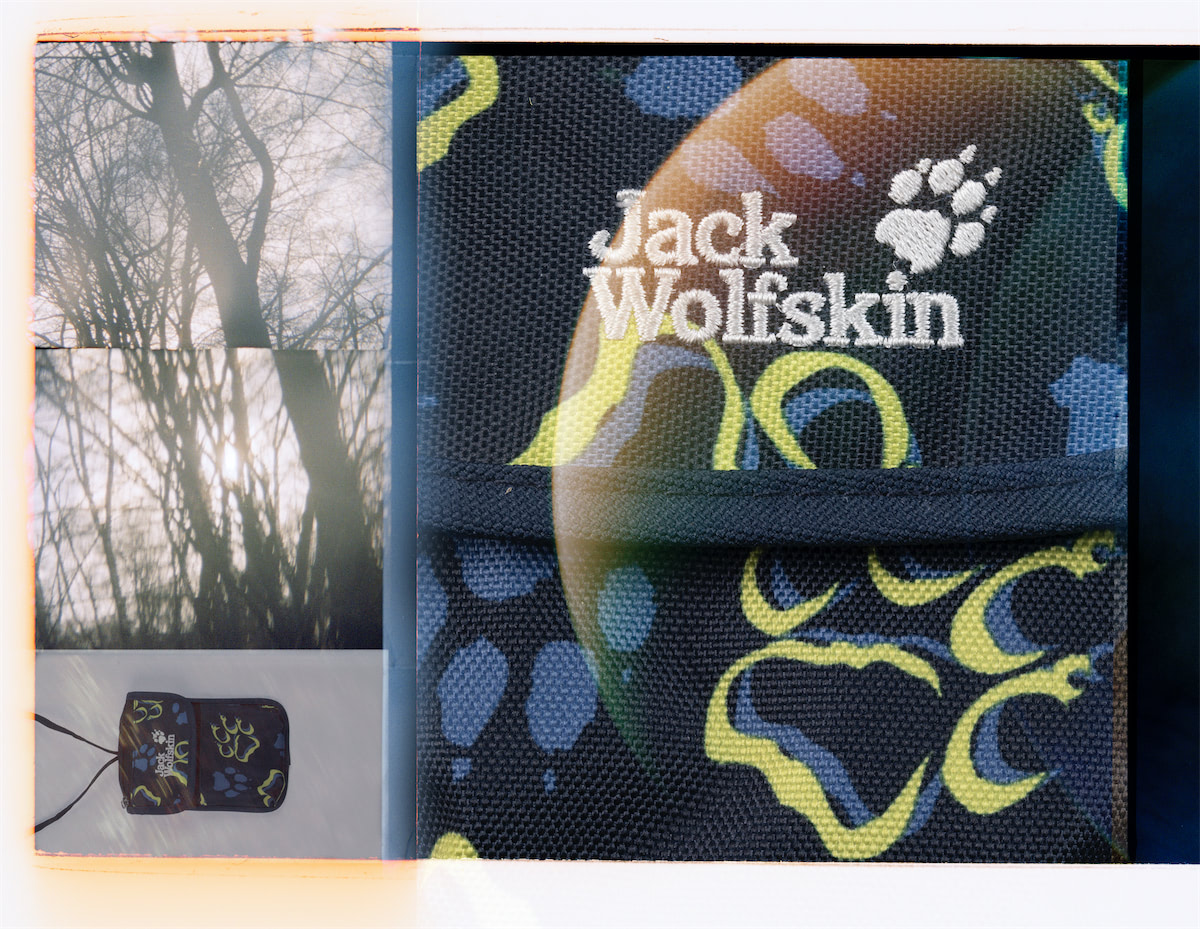
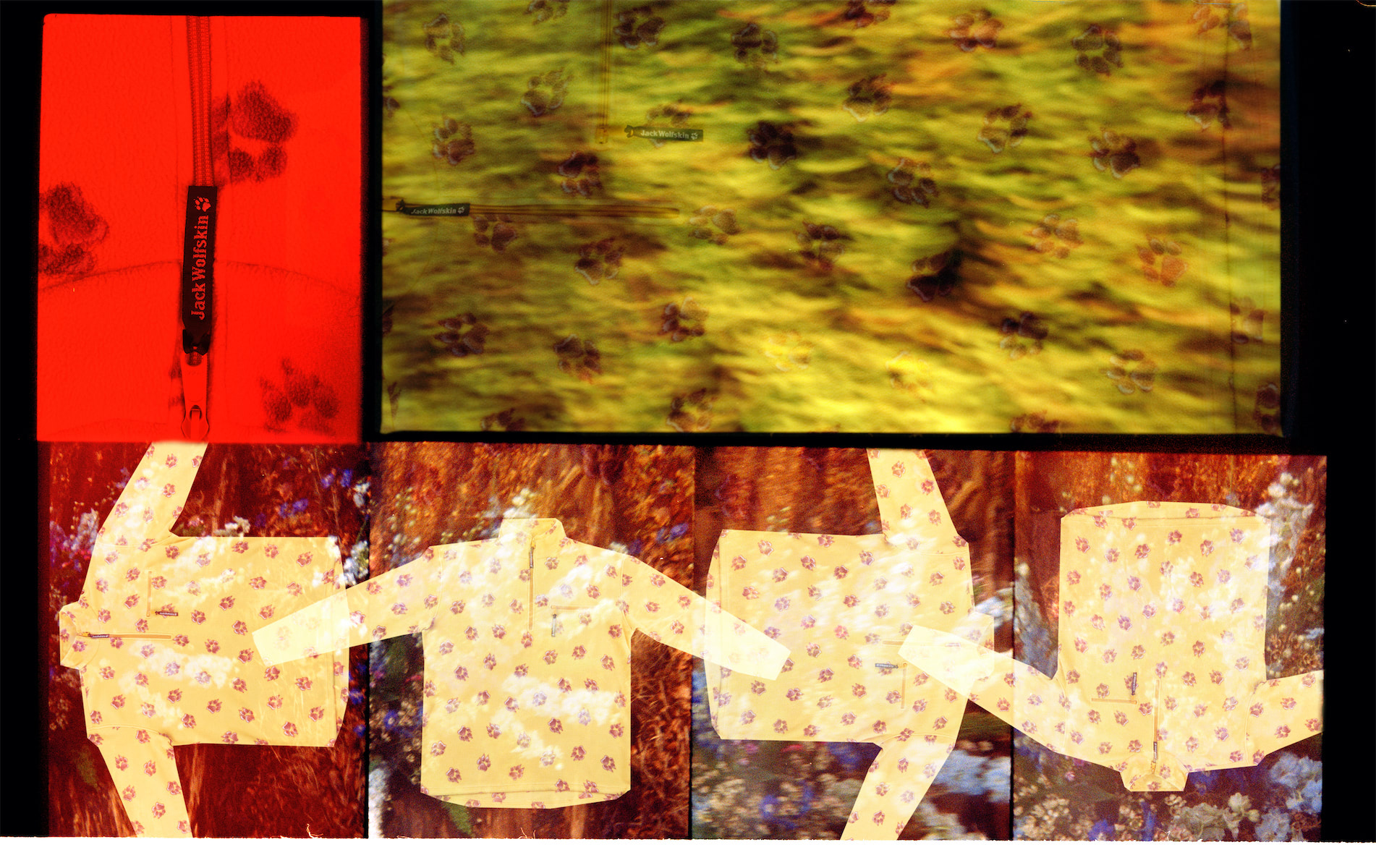
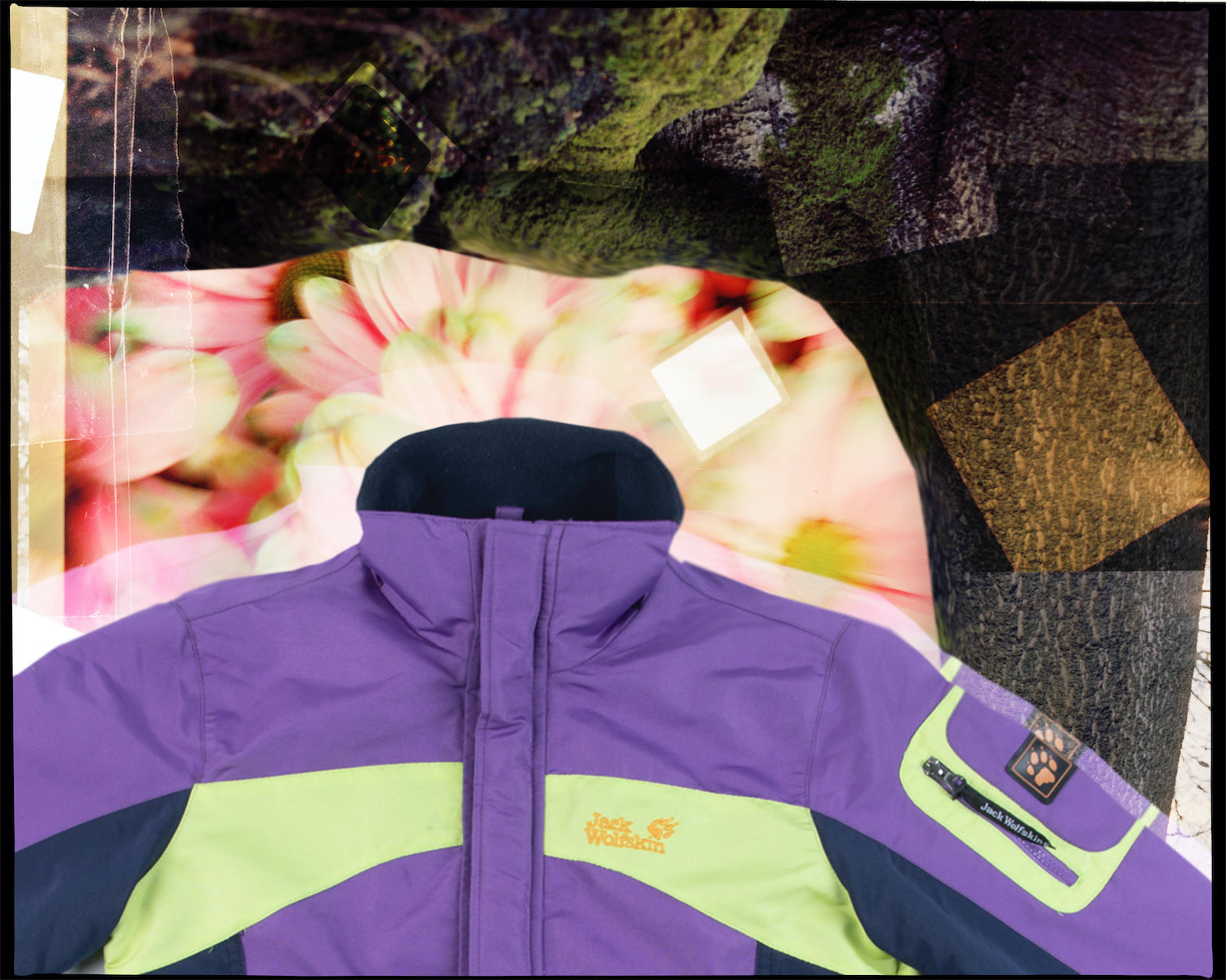
Discover more about Jack Wolfskin and shop the 40th anniversary here.
Production credits:
Creative Director - Sian OŌĆÖFlaherty
Photographer - Luke & Nik
Assistant - Andy Price
Assistant - Jake Kenny
Producer - Eleri Evans
Production Assistant - Alice Hayes
Set Designer - Clarisse DŌĆÖArmicoles
Set Design Assistant - Antony Burger
Styling - Hanna Kelifa
Styling Assistant - Philip Smith
HMU - Grace Ellington
Model - Rohan
Model - Elis
Producer - Sophia Parisel
Project Management - Yelena Clausen, Sarah Vielhaus